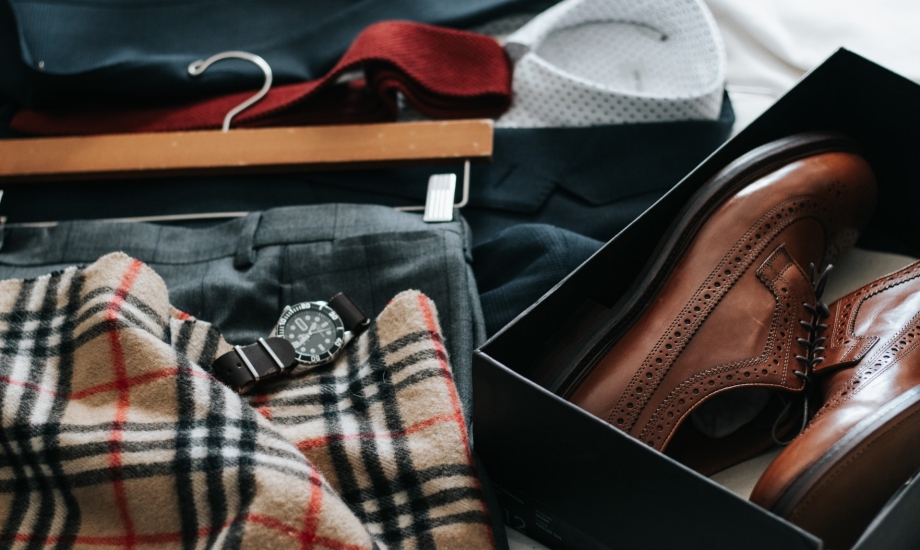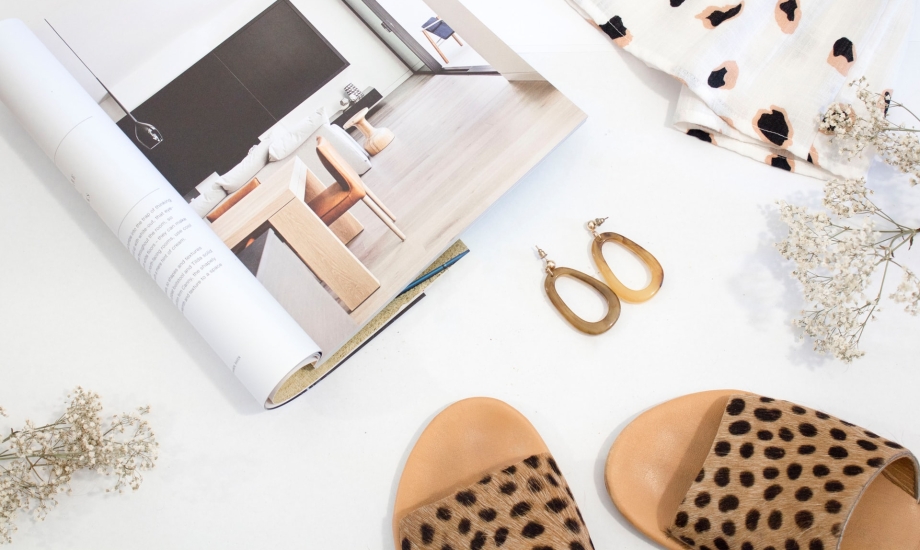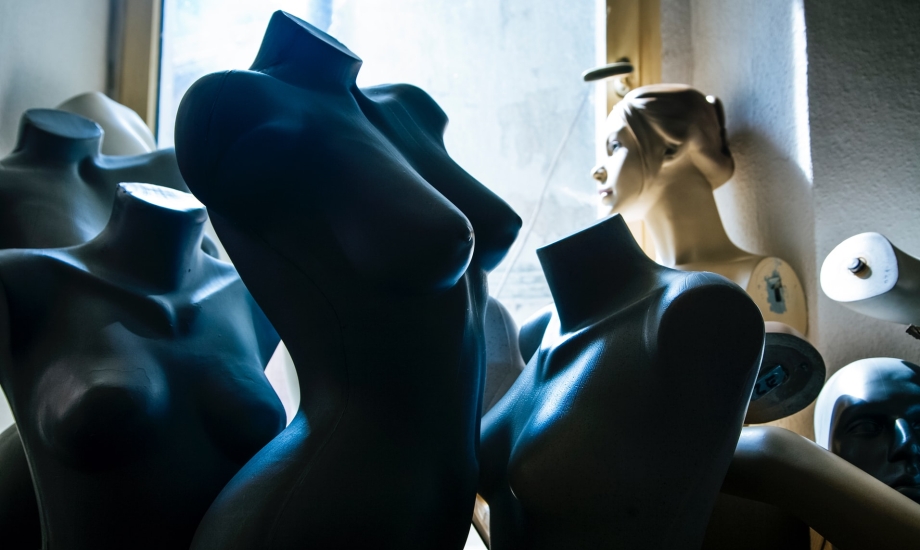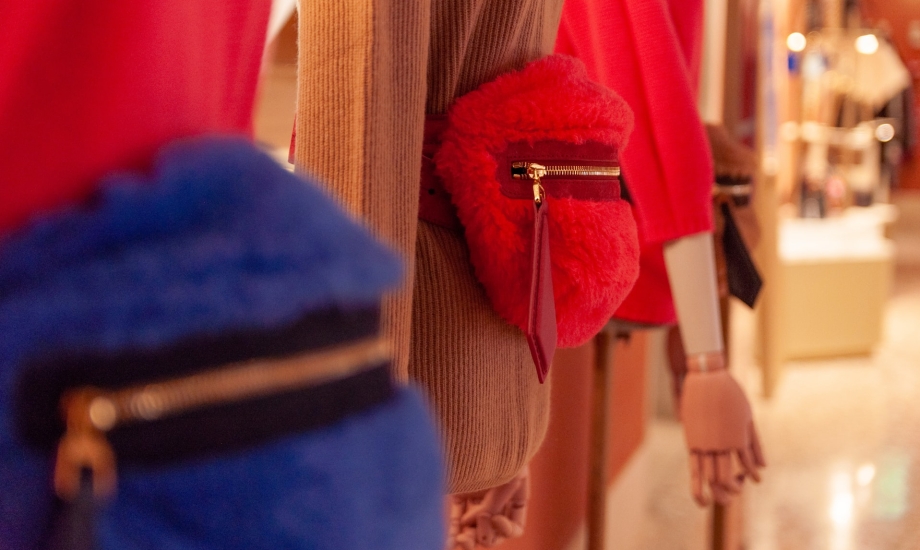
PHYGITAL IT IS If “digitalisation” is the quintessential mantra of today’s daily living, then, phygital is all about perfectly blending the physical and the virtual space. GERD ALTMANN / PIXABAY
The early decades of the millennium were all about the World Wide Web taking baby steps and slowly gaining a stronghold. However, in the past few decades, the Internet of Things (IoT) has broken the barriers of everyday norms.
If “digitalisation” is the quintessential mantra of today’s daily living, then, phygital is all about perfectly blending the physical and the virtual space.
Brands are weaving their marketing strategy around digital resources in the attempt to nurture a better, interactive, and direct customer relationship. And, as luxury is becoming more inclusive, the phygital dimension seems to be the much-desired make-over that helps the brands to be more available, innovative, and exclusive for their consumers.
But then, what is phygital?
Coined in 2013, the word phygital is a portmanteau combination of the words ‘physical’ and ‘digital’.
As most of us are aware that retail as a phenomenon was initiated in the physical or brick-and-mortar format several decades ago. It was perhaps in the mid-nineties when the Amazons and the e-bays of the world launched retailing via the internet, popularly known as ‘e-commerce’ or ‘digital retail’. Over subsequent years, most of us experienced this shift in generic retail ranging from, but not restricted to say movie tickets to books to travel bookings to fashion to even food and, or hailing a cab.
Needless to say, we as customers then onwards have had the choice of a ‘shopping experience’ of either physical or digital purchases.
Both formats have their advantages and disadvantages. While the physical offers touch-and-feel, human engagement, instant gratification by virtue of immediacy of possession, the digital offers peace of mind from prying eyes, shopping at your convenience, and browsing and comparing competition instantly.
So, what exactly is phygital then? Phygital marries both the online and offline environments by taking the best aspects from each space to create a much more complete and satisfying customer experience. The motive is to drive sales to a higher turnover by bringing the goodness aspects of both formats together and eliminate the negatives from the customer journey completely.

GOING INCLUSIVE As luxury is becoming more inclusive, the phygital dimension seems to be the much-desired make-over that helps the brands to be more available, innovative, and exclusive for their consumers. DAVID LEZCANO / UNSPLASH
The phygital experience: Marking a new era
Phygital refers to the effective union of the online and the physical business/marketing strategies/retail to provide customers an enhanced brand experience. It combines the digital shopping experience with a physical store. In phygitalisation, you need a physical business presence and an online app or platform.
Phygital is all about creating beautiful shopping experiences for the customers. It is not about having a single choice to go with anyone marketing strategy—the online or the real, but rather hitting out with the benefits of both. It’s about serving your customers with the best of both, to serve them faster and easier thereby making the entire process faster, more enjoyable and fun
A phygital experience is a blend of three marketing concepts:
- Immediacy: the involvement you get about a product/service. It can be about anything and everything from the online notifications about products/services, and the variety of choices to instant delivery options.
- Immersion: the customer feels the real-time experience with the product through multiple sources. For instance, getting to know the product or experiencing it through 3D models or AR/VR platforms and apps.
- Interaction: More than a virtual experience, at times, the customer needs to learn about the physical feel or features of the product/service. For that physical sensation that is crucial to purchase decisions, especially in the commodities and luxury market, a physical store experience is required.

MATTER OF CHOICE Phygital is all about creating beautiful shopping experiences for the customers. It is not about having a single choice to go with anyone marketing strategy. SPECIAL CUT / UNSPLASH
Luxury brands and phygital
It is well known that luxury has been a hesitant acceptor of the digital medium, especially during the Web 2.0 era. The evolution of the internet can be broadly explained as the Web 1.0 during the 90s which was more of one sided, followed by Web 2.0 during the 2000s where SM or two-way engagement became the norm. But this was not so easily accepted by luxury brands except for some names like a Burberry which was the first to embrace Web 2.0 to make phygital stores with a whole lot of theatrics involved—large screens, RFID tags, smart mirrors, twitter-based CRM and the works.
During and after the pandemic, luxury brands have acknowledged the need for being digitally present. A whole lot of tech adaptation was necessitated. From just 10–15% of overall sales being online, it is expected that by 2025, at least 25% of global luxury sales will be online.
Besides, the lux consumer is increasingly getting younger. It is estimated that by 2025, nearly 50% of the overall luxury market will consist of Gen Y and Gen Z buyers.
Hence, resistance towards digital is on the decline. Just like during and after the pandemic, we met people and brands digitally via various apps, chatted or connected over a voice call, followed by a video call and the excitement built up towards a face-to-face meeting. Brands realise this to be the game changing attribute.
Luxury is eventually about a compelling and memorable experience. By enticing the customer online, the challenge remains to ensure a similar experience offline. Stores as the final destination are now more of a fulfillment centre where the brand story is enacted by the human connect.
More and more of the younger consumers today survive at the cross-section of gaming, e-commerce and social media. Hence, now that the Web is evolving towards Web 4.0 era, which is more immersive, experiential and decentralised, luxury is taking a lead.
The metaverse is raging ahead with almost all brands using the technological disruption caused by newer formats of AR, VR, MR, ensuring a huge amount of time is spent on the screen. All key brands like a Louis Vuitton, Adidas, Gucci are highly active on the metaverse and NFT space. In fact, the first ever Metaverse fashion week was conducted last March.
Additionally, until recently, major luxury brands across the globe had their sales plans crafted for the elite: the rich, the royal, and the renowned. However, with the online business catching on like wildfire across the world, the luxury business is no longer serving the upper class. The niche industry is getting “normal”, opening up to whosoever can afford.
As per a report by McKinsey, luxury sellers are choosing more consumer ambassadors to sell products/services. Also, going phygital has changed the shopping perceptions. Most buyers make purchases based on social media/online content and advertising. The collective marketing words, “the limited time offer” and the “exclusive collection” seem to be the keywords that stimulate immediacy factors, deciding the purchase options.

EXPERIENCE FACTOR Luxury is eventually about a compelling and memorable experience. By enticing the customer online, the challenge remains to ensure a similar experience offline. MARKUS SPISKE / UNSPLASH
Current trends: A snapshot
Here’s how some major luxury brands have adopted the phygital expereince:
- AllBirds: The eco-friendly shoe brand created an iOS app in 2020, where customers can learn about their latest products, have virtual try-ons, get notifications about exclusive deals, and even help the brand in their environmental efforts to reduce carbon offset.
- Porsche: The new generation of buyers—the GenX and the Millennials invest in value-based purchases and require experience and feel of the product rather than owning it for the status quotient. Porsche has created digital catalogues and the Porsche Experience Centres in all their showrooms across the world. These centres have racing simulators, personnel drivers, cafes and even a wellness room for customer health check-ups. And for those who can’t visit the showrooms, the company has developed 360 degree views and augmented reality to get the real driving experience on their website.
- Chanel: The luxury brand has fitted AR mirrors in their trial rooms. Customers can choose what they need from a wide range of products via the Chanel shopping app and schedule appointments for try-outs at the nearest boutique. At the boutique, the customer selections are dutifully brought to them at the trial rooms. The customers can then zoom in on the AR mirror to get specific details of the product and also check out how it looks upon them from various different angles. This phygital marketing perfectly balances the online and the reality buying.
- Lush: The eco-friendly cosmetic brand earlier had testing sinks at their showrooms for their bath bombs. However, the company has now developed virtual testing through their Lush app which uses Lush Lens. The customers just need to zoom the Lush Lens on the cosmetics they require to do the virtual testing and to get all the connected details.

IN A RELATIONSHIP Brands are weaving their marketing strategy around digital resources in the attempt to nurture a better, interactive, and direct customer relationship. MARIKA SARTORI / UNSPLASH
What’s in store
Be it luxury brands or the cost-effective products/services, opting for phygital can invariably build a seamless blend of online and physical marketing/retail techniques. Phygital can build consumer awareness, improve brand loyalty and long-term customer retention.
Phygital retail has lengthened customers’ patronage spans in the stores, allowing salespersons more time to understand consumers’ needs, explain product features in details and upsell them to other products. Statistics reveal that a phygital client is likely to spend 80% more time and buy more expensive products once inside the store.

Recent Comments